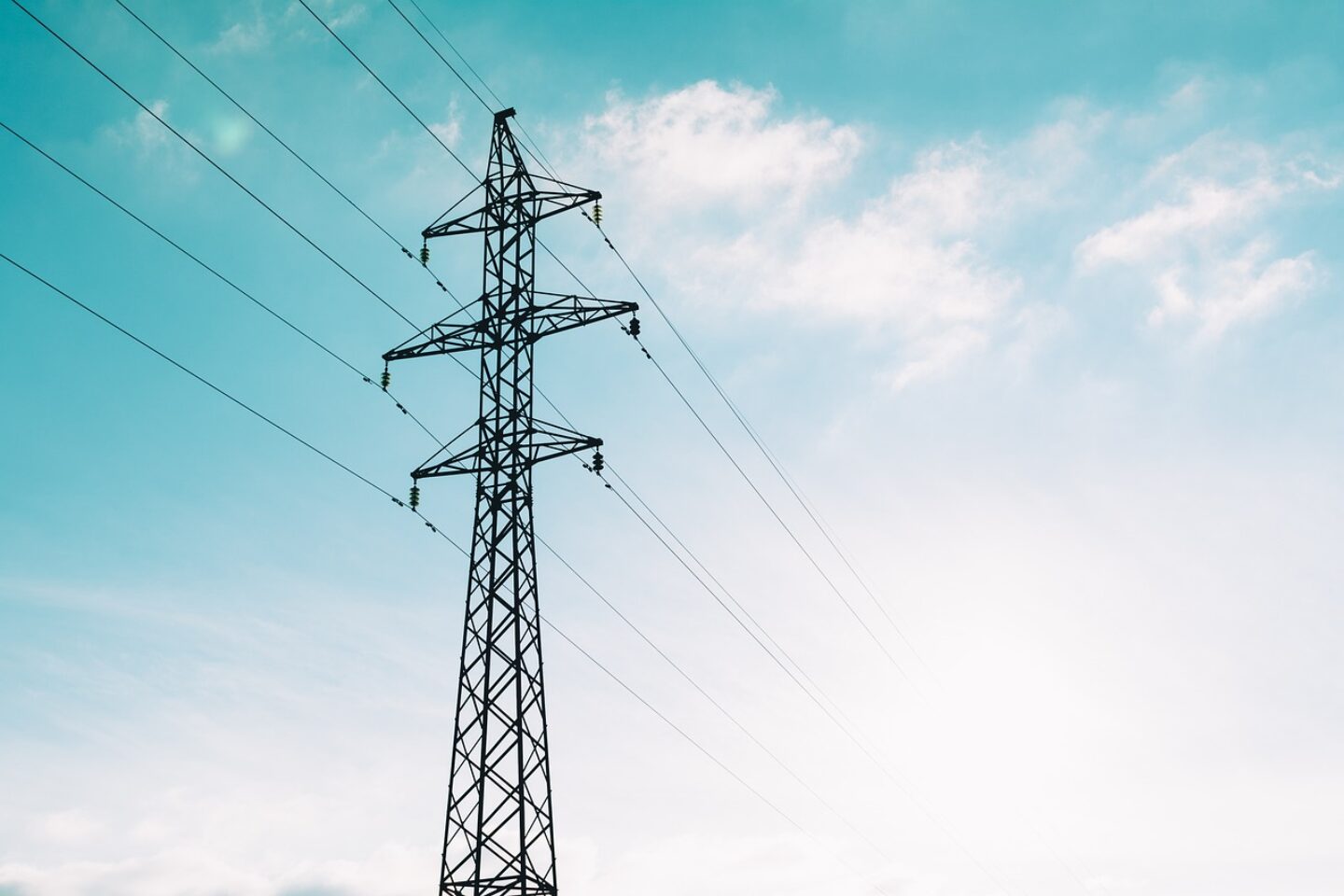

The aim of preventive restructuring is to avert bankruptcy and ensure the viability of the company. To this end, the debtor may implement restructuring measures, which are considered to be changes to the debtor’s assets, liabilities, commitments or capital structure. The careful reader will note that these restructuring measures, of a legal and economic nature, only concern the debtor’s side. This is even more precisely regulated by the European Directive, which states that restructuring is a change in the composition, terms or structure of the debtor’s assets and liabilities or any other part of the debtor’s capital structure.
This basic rule is essential in determining the extent to which a preventive restructuring can help a firm resolve economic difficulties. For example, liabilities incurred by a company as a result of the economic crisis caused by Covid can be restructured. This is a modification of the liability structure on the part of the debtor, and the law offers options such as deferring the maturity of liabilities or partial forgiveness of liabilities. By contrast, preventive restructuring will not help with the high purchase prices of energy before it is purchased. However, if the company subsequently records liabilities from energy purchases, these liabilities can be restructured, for example by deferring their maturity or by partial remission. At the same time, during a preventive restructuring companies can also apply for interim protection, which means, among other things, that the energy supplier will not be able to terminate the contract due to the debtor’s non-performance. However, such protection is only temporary and lasts for a maximum of six months.
Precautionary restructuring also makes it possible to renegotiate the business relationship, i.e. also the relationship with the energy supplier. However, this is a ‘standard’ negotiation of contractual adjustment, with one specific feature, namely that the debtor officially declares that it is at risk of bankruptcy, which of course has an impact on the renegotiation of the contractual arrangement with the energy supplier.
Please also keep in mind that, even if a reduction of the debt for energy already supplied can be enforced and the supplier is obliged to continue to supply the debtor under interim protection despite the outstanding debt, these facts may undermine the contractual relationship between the supplier and the customer, especially after the preventive restructuring has been completed. On the other hand, if the debtor is forthright and properly demonstrates its financial problems and proposes a solution, particularly in relation to the energy supplier, it may be possible to reach an agreement that includes, for example, forgiveness of part of the outstanding obligations for the energy supplied.
To that end, it is important to weigh sensitively all the pros and cons of a preventive restructuring of the energy debt. However, we recommend that consideration be given to restructuring the energy debt in the form of a precautionary restructuring if the company is at risk of bankruptcy.

We are especially happy about the fact bpv BRAUN PARTNERS moved up in the ranking in Commercial, corporate, and M&A, Dispute resolution and Projects and Energy areas.

On August 1, 2022, the President of the Czech Republic signed into law a new act amending the Energy Act and the Act on Promoted Energy Sources. The amendment will enter into force shortly, but the implementing regulations will be decisive in practice:

We took the X-mas party to a whole new level with an exciting sushi making experience.